May 31, 2025 | 10:35 GMT +7
May 31, 2025 | 10:35 GMT +7
Hotline: 0913.378.918
May 31, 2025 | 10:35 GMT +7
Hotline: 0913.378.918
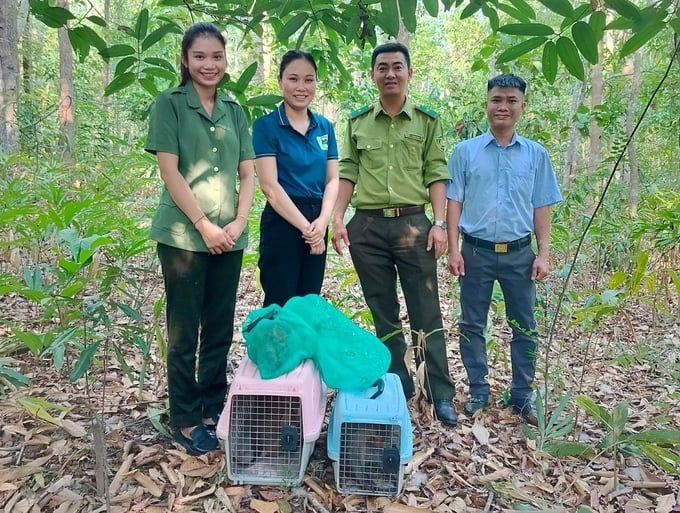
The pig-tailed macaques have been handed over to the Center for Nature Conservation and Development by the forest ranger force. Photo: Tuan Anh.
On April 27th, Mr Dao Xuan Thuy, Director of Chu Mom Ray National Park (Kon Tum province), announced that the Center for Nature Conservation and Development (under Chu Mom Ray National Park) has released 3 pig-tailed macaques (belonging to group IIB, listed in the endangered and rare forest animal category) back into the natural forest area to preserve their valuable genetic diversity.
Prior to this, the 3 pig-tailed macaques were voluntarily surrendered by local residents to the forest ranger force of Kon Tum City. Subsequently, the forest ranger force handed them over to the Center for Nature Conservation and Development for care.
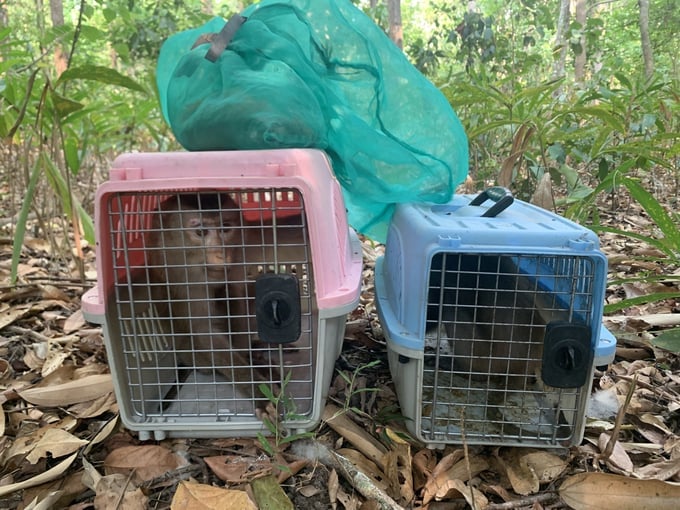
The pig-tailed macaques are currently in good health. Photo: Tuan Anh.
These pig-tailed macaques have a total weight of about 7kg. After being well taken care of, the 3 pig-tailed macaques were released in zone 605 (managed by the forestry section of Chư Mom Ray National Park).
Mr Dao Xuan Thuy stated that after nearly 1.5 months of care, the individuals are now healthy and agile. The centre has completed the necessary procedures to release them back into the wild to preserve their valuable genetic resources.
Translated by Hoang Duy
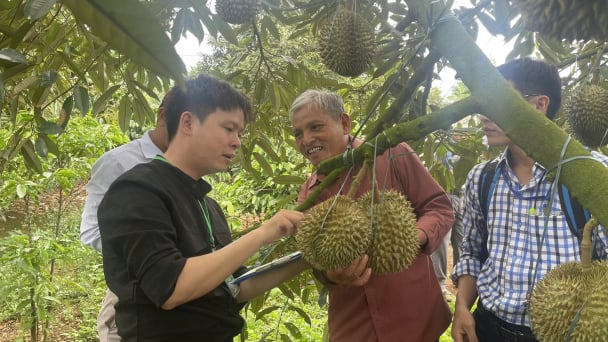
(VAN) For the durian industry to succeed, the value chain must fulfill its commitments to the government, the community, and international partners.
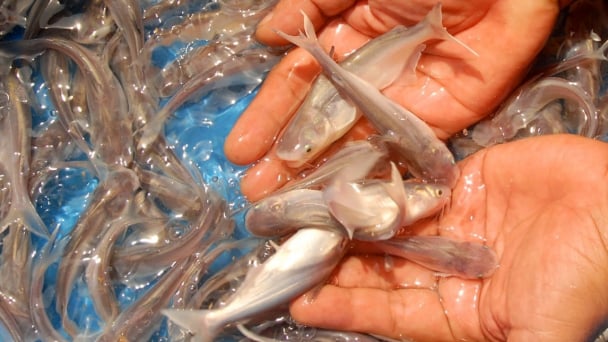
(VAN) Vaccinating juvenile pangasius helps reduce disease, antibiotic use, and farming costs, increasing profits for export-oriented farmers in An Giang.

(VAN) Due to a limited supply of workforce and competitive recruitment requirements, businesses struggle to retain talented veterinary human resources.
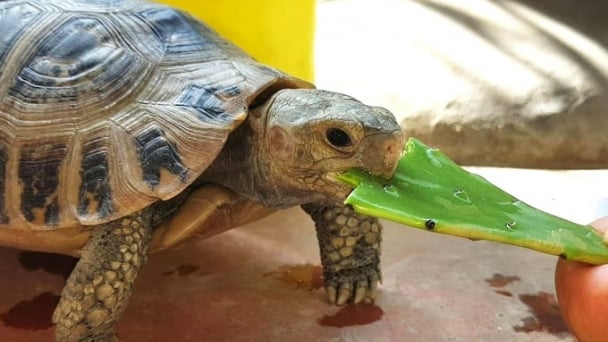
(VAN) WOAH’s guidance aims to mitigate disease risks through a One Health approach that balances economic, conservation, and public health interests.

(VAN) Ms. Nguyen Thi Dung, Deputy Director of Ngoc Hoang Cooperative, shared about the journey of bringing dragon fruit to Europe, achieving annual revenues in the billions of VND.
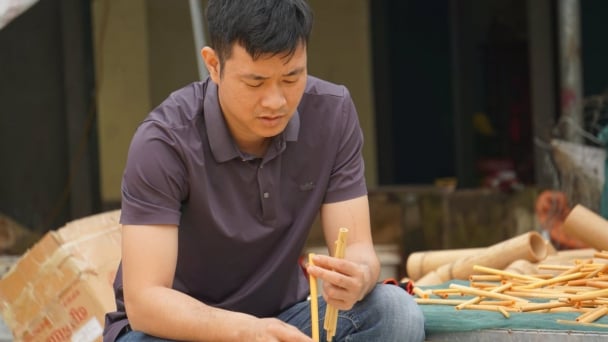
(VAN) Bamboo products from Thang Tho Bamboo Cooperative have reached many countries around the world, while also creating jobs for local workers.
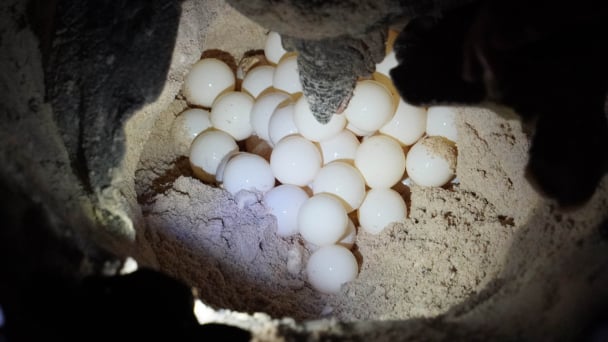
(VAN) The Management Board of Con Dao National Park reported that a green sea turtle, tagged in the Philippines, has traveled thousands of kilometers to lay 84 eggs on Bay Canh Islet.